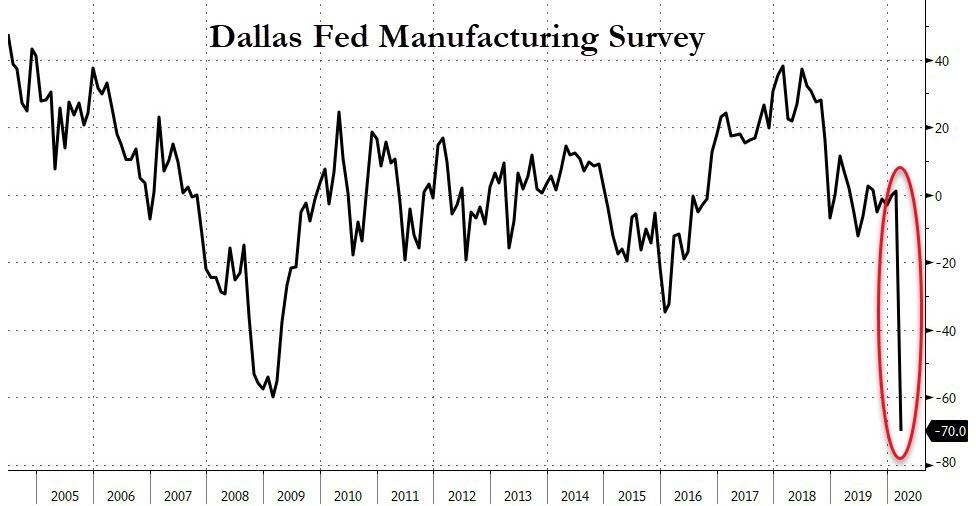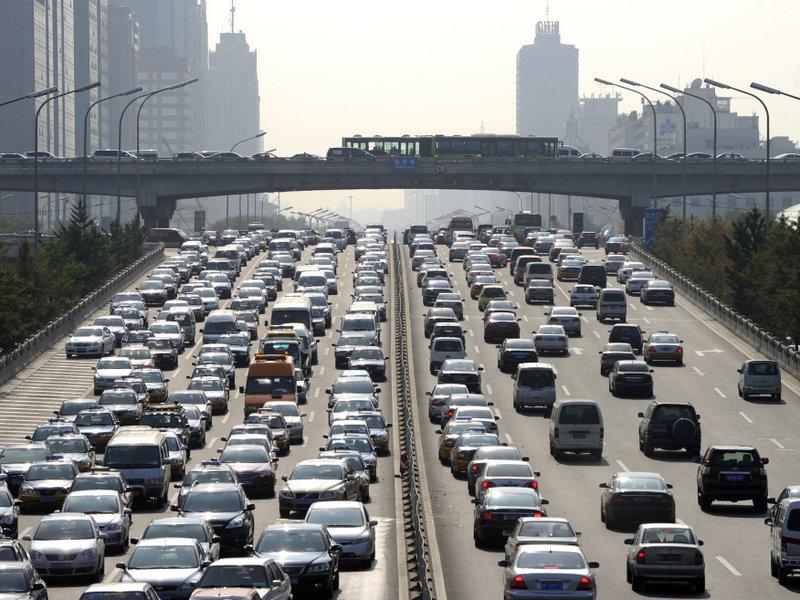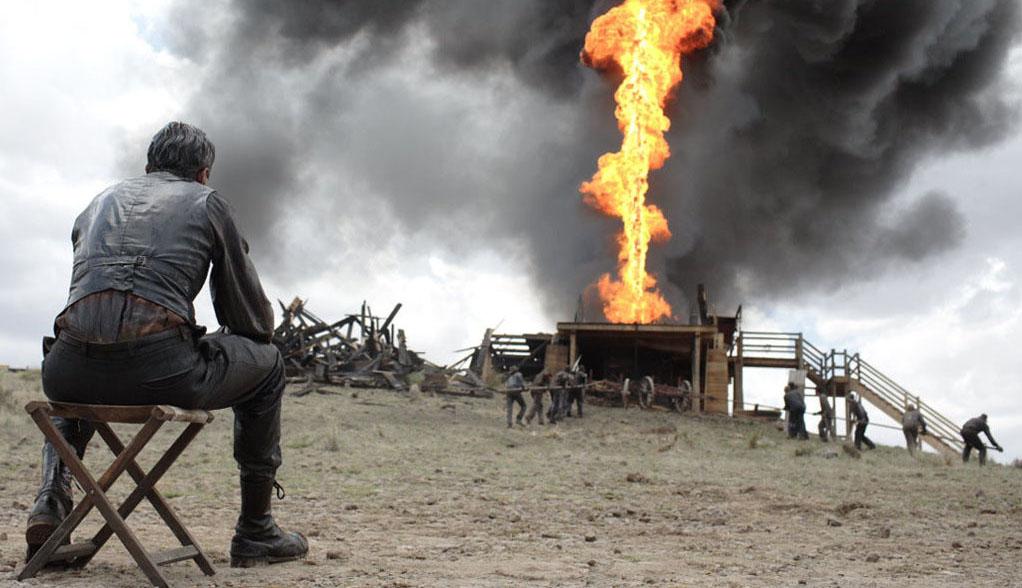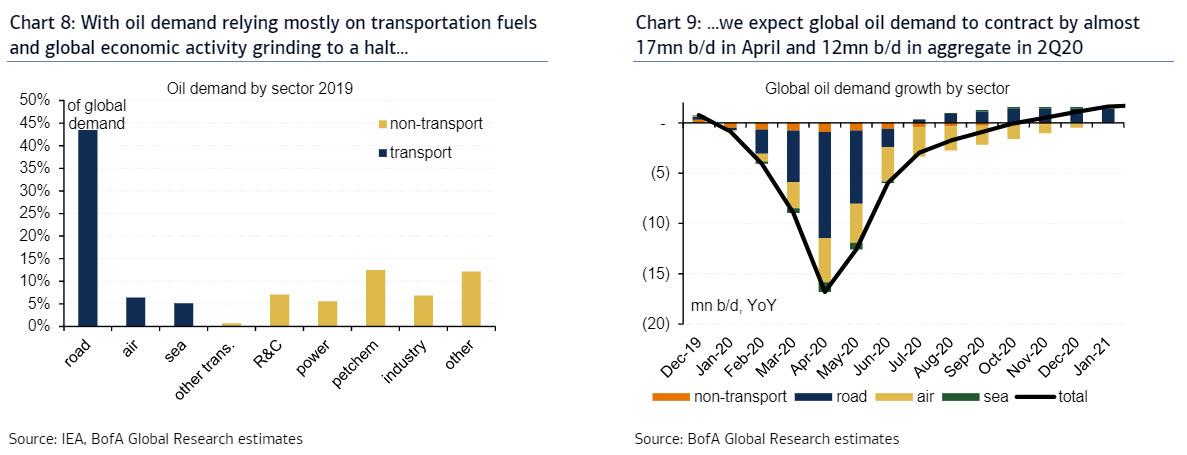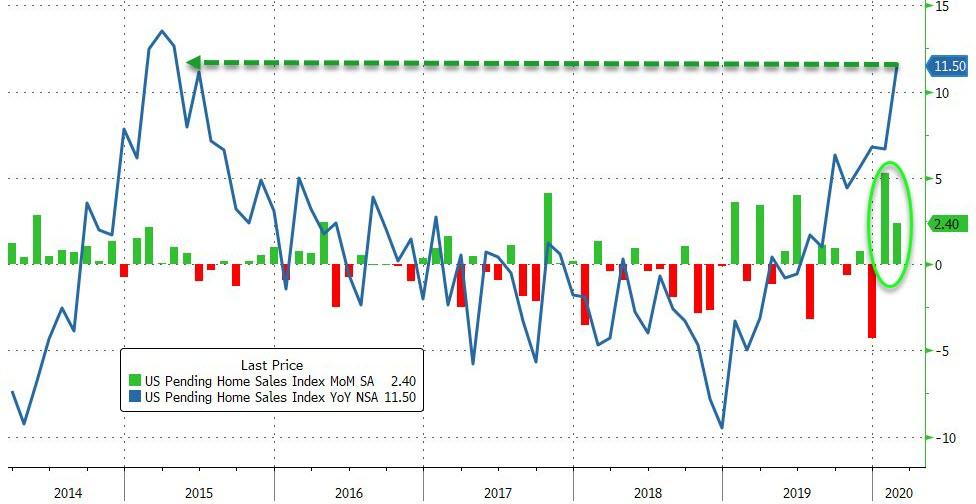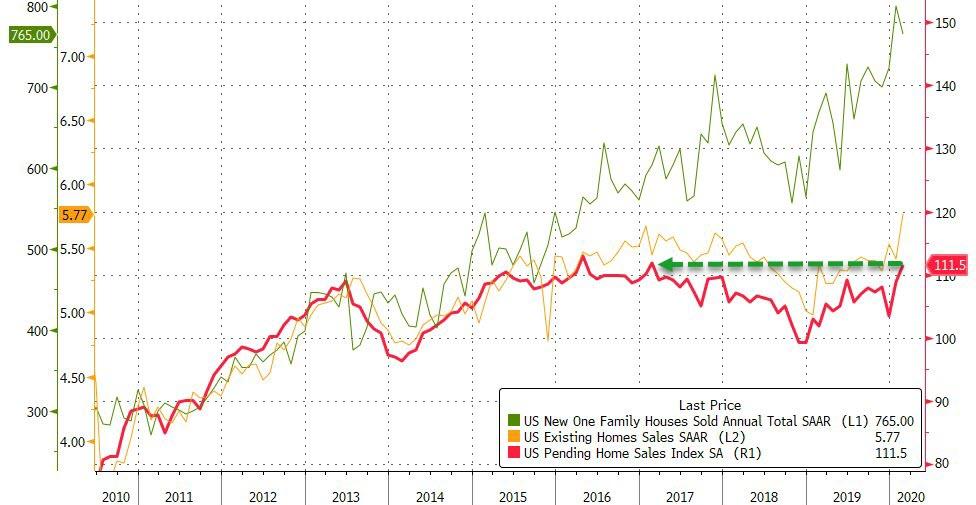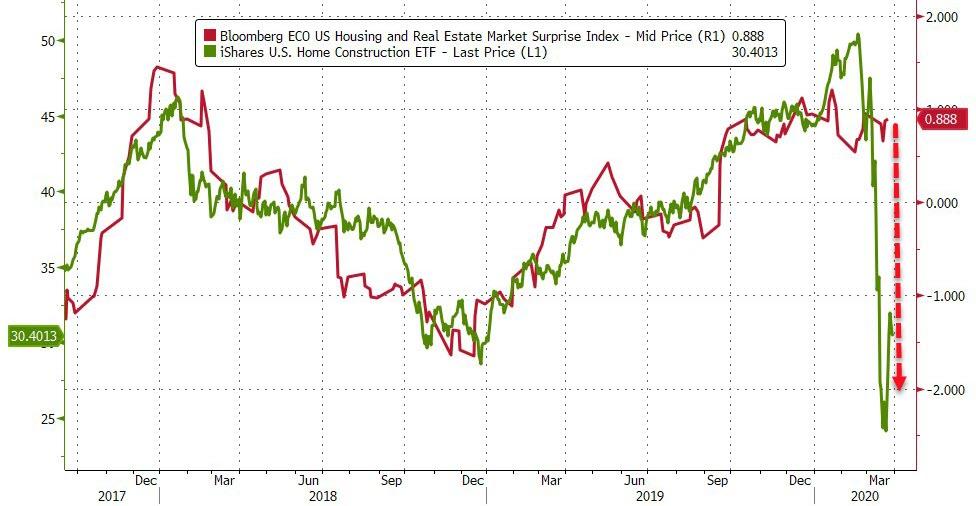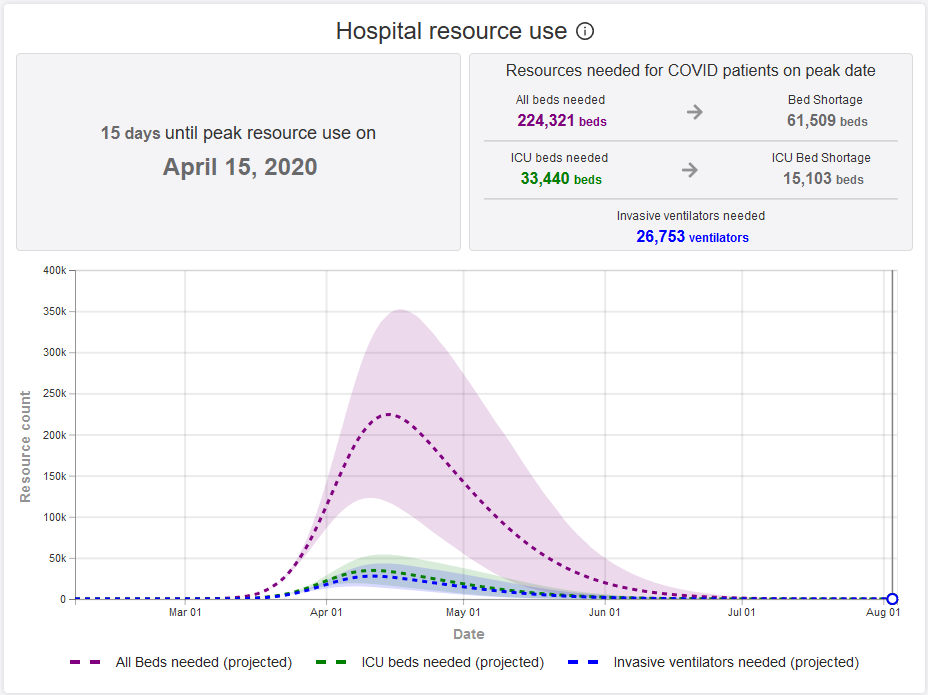Faced with nationwide closures and an empty release schedule, movie theaters are asking for bailout money. The chief of the theater owner’s lobby pitched it this way: As public gathering places, theaters are uniquely affected by the spread of COVID-19, and also comparatively inexpensive to prop up. The theater industry hasn’t named a dollar figure, but for less than the price of bailing out one airline, you could save the entire theater industry, he told The New York Times. What’s one more airplane brand next to the magic of the silver screen? Besides, people will need someplace to go when it’s all over.
I am a little bit sympathetic to this line of thinking. I rarely fly, but I see movies frequently. Over the course of my life, movie theaters have provided me with thousands of hours of escape, entertainment, and engagement, both by myself and in the company of others. I genuinely believe that theaters, as director Christopher Nolan recently wrote, are a “vital part of social life.”
Still, I have to wonder: Have any of these people seen Bloodshot?
Bloodshot is a PG-13 action film starring Vin Diesel, based on a somewhat obscure comic book from the 1990s, directed by a first-timer with a background in computer animation. If you asked a machine learning program to survey the last several years of theatrical releases and then generate its own by algorithm, it would probably come up with something like this. Bloodshot is very nearly the median Hollywood film.
The movie was initially released in theaters two weeks ago, playing on about 2,800 movie screens domestically. Since then, a few things have changed.
Today, barely any movie theaters are still open in the United States. As a result, many movies that were scheduled to open in the next several months have been delayed until after our viral apocalypse. In the meantime, several recent theatrical releases have found their way to video on demand. Normally this takes months, since theater owners have negotiated an exclusivity period with movie studios. But what’s a theatrical release window when there are no theaters to release into?
That is why, for a mere $19.99, you can now own-to-stream a 4k digital copy of Bloodshot from Amazon, iTunes, and other fine purveyors of high-quality ones and zeroes.
It’s appropriate for a movie about a soldier given a digital rebirth. Diesel plays Ray Garrison, who is resurrected after losing both his wife and his life on a mission abroad. In his reincarnated form, he’s a supersoldier held together by nanites, tiny bio-machines that rapidly heal wounds and give him super strength. Naturally, he seeks revenge, and with the help of a similarly super-powered squad of nano-soldiers, brought together by Dr. Emil Harting, a twitchy scientist played by Guy Pearce, he embarks on a mission to take down the sociopathic Martin Axe (Toby Kebbell), who stole everything from him.
From there, the movie goes roughly where you expect it to go—and then, perhaps, a little further, with a twist that essentially turns into a kind of over-muscled sci-fi action-movie riff on Groundhog Day, albeit without the wit or light-footedness that made Edge of Tomorrow so enjoyable. Connoisseurs of slow-motion punching will no doubt appreciate the many slow-motion punches, along with the reasonably competent action scenes that director David S.F. Wilson builds with them. Generally speaking, you can tell what’s going on, which is high praise for today’s mid-budget action movies.
As Garrison, Diesel spends the movie hulking and glowering in hopes that this will serve as a rough substitute for acting. He has a volcanically low voice that will challenge even the most competent subwoofer, but it’s the only place his character shows signs of depth. You learn more about Garrison from the various performance monitors set up in Dr. Hartin’s lab than from Diesel’s one-note performance. At one point, the camera cuts to a screen purporting to monitor his “brain activity.” It’s low.
In some ways, this is just par for the course for Diesel—an international superstar thanks to the Fast and the Furious franchise, but better understood as B-movie brawn. He has frequently dabbled in modestly budgeted action cheese. This has occasionally produced high-quality results, as in Pitch Black…but it has also occasionally given us movies like The Last Witch Hunter. (With a title like that, one can at least take solace in the hope that there won’t be any sequels.).
Diesel has a predilection for gloomy pulp, the sort of enjoyable trash that’s best enjoyed in a college dorm room around 2 a.m. or as a television matinee on an afternoon spent channel surfing or app browsing. Bloodshot is no exception. It’s a movie that was intended for theaters, and it even briefly surfaced in them. But it works better at home, from the comfort of one’s own couch, probably while keeping a distracted eye on one’s phone. It’s not a movie that needs to be watched so much as one that you wouldn’t mind having on. Bloodshot is not a great movie by any means, but watching it from the comfort of my basement living room, I thought: This is not too bad.
I like movies—especially movies seen in a theater—as much as anyone. I hope our theaters reopen soon. And I genuinely worry that if this pause in theatrical viewing extends long enough, it will ultimately eliminate much of the theatrical experience as we have always known it. But I am also mindful of the potential for salutary effects from this otherwise awful scenario.
It’s true, as the theater owners say, that when this stay-at-home nightmare is over, people will need someplace to go. But no one needs to go out to see a replacement-level actioner like Bloodshot. Perhaps, in our post-viral rebirth, movies like this will more frequently find a fast route to the couch-based viewing where they are best appreciated.
from Latest – Reason.com https://ift.tt/2QYdBJt
via IFTTT
